Turnip has a long history of human cultivation. This plant has green leaves, small yellow flowers, and white or yellow bulbs. Everyone knows the classic purple top varieties of these vegetables. It has different colors, sizes, and flavors.
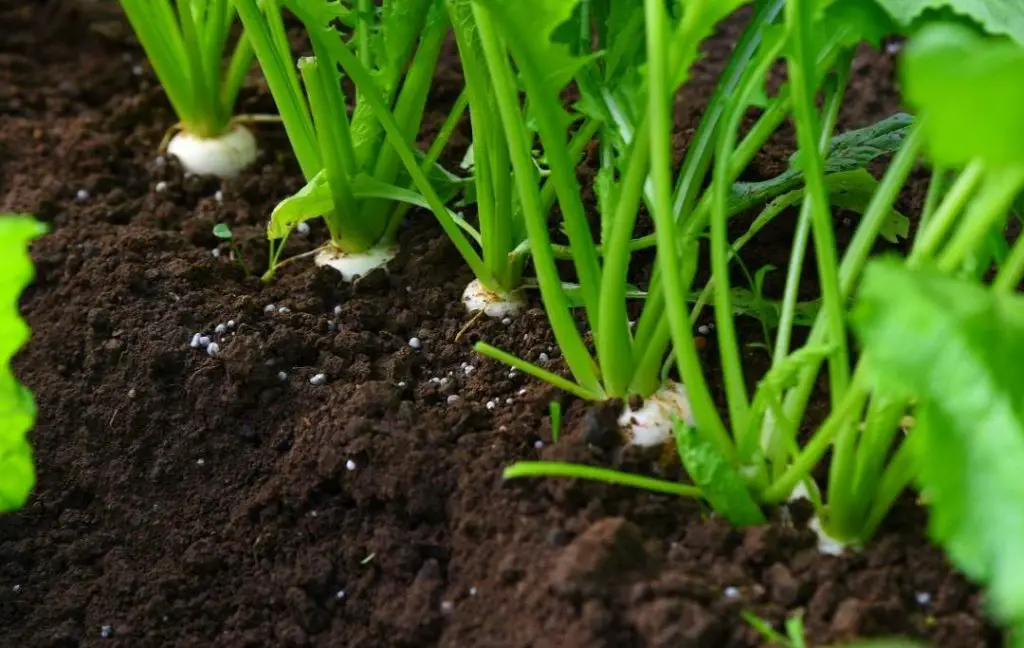
When we talk about the history of turnips they originated from somewhere in West Asia or Europe. Turnips can be easily grown in Spring and Fall, but not in the hot summer because they like cool weather. Due to rapid growth, the favorite of most of the gardeners.
The germination of turnip starts in a few days. Within two months you are able to get its swollen roots. If you are growing carrots and reddish in your garden then you must try turnips with them because it makes a good combination with these two vegetables.
Read More: How To Grow Purple Potatoes In Containers
Turnip varieties
The botanical name of turnip is Brassica rapa var. Rapa. It belongs to Brassicaceae or cabbage family. In this family, we can find cabbage, kale, collared, broccoli, Brussels, and sprouts.
The famous varieties of turnip are DeMilan, Tokyo Cross, Purple Top White Globe, Aberdeen, and Hakurei. You can choose a suitable variety of turnip according to your climate and temperature of your area.
Turnip Planting Calendar
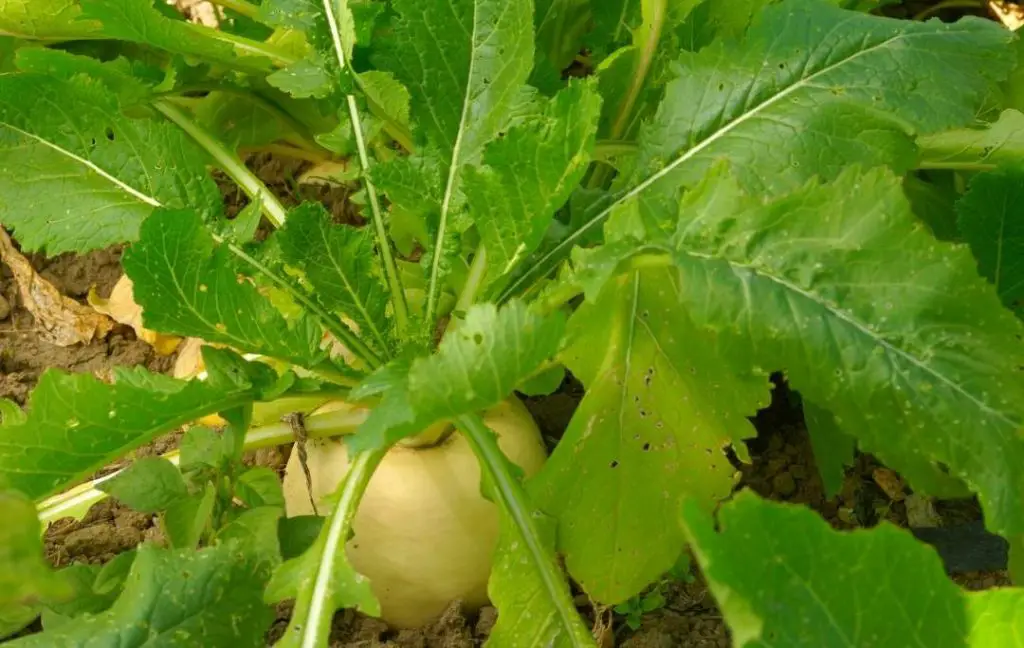
For Spring
- Direct sow in a plastic tunnel for the cold frame in string a to six weeks before the last frost.
- If you want to grow in the garden then direct sowing is the best. The minimum temperature of the soil must be 40 degrees Fahrenheit.
For Fall and Winter Harvest
- You can plant it in your garden before 8 to 6 weeks of the first frost in fall.
- If you want to grow turnips in a plastic tunnel or cold frame, you will sow them directly 4 to 6 weeks before the first frost in fall.
Read More: Everything You Need To Know About Preparing A Garden Bed For Planting Vegetables
Preparing to Grow Turnip
The turnip can’t bear the heat of summer. If you are planning to plant this crop in summer, plant the turnips late in the summer so you can get the turnip to store throughout your winter season. The maturity time for the turnip is 32 to 50 days.
When to plant
It depends when you want to eat turnips if you want it in late autumn then sow the seeds in early autumn. If you need them in early autumn, sow after the summer crops. If you want it in late spring sow directly in the garden as soon as the ground is workable after the last frost. You can’t plant them in the peak of the summer season as mentioned above they can’t tolerate high temperatures.
Read More: How To Start Raised Bed Vegetable Gardening For Beginners?
Location
Please choose a sunny place for full sun exposure for turnip. They have the ability to tolerate partial shade.
Soil
The happiness of the plant depends upon the organic material in the soil. If your plant is getting all the nutrients from the soil then the outcome is awesome. You need well-drained soil with a pH of 5.5 to 6.8 and a layer of compost. You can also use manure for the fertility of the soil.
Add sand or gypsum and clay soil to prepare your beds. As you know it is a root crop for its easy exposure below the ground you will have to remove stones from the soil. For the better growth of the turnips, light-textured soil free of pebbles and stones is recommended.
How to plant Turnips
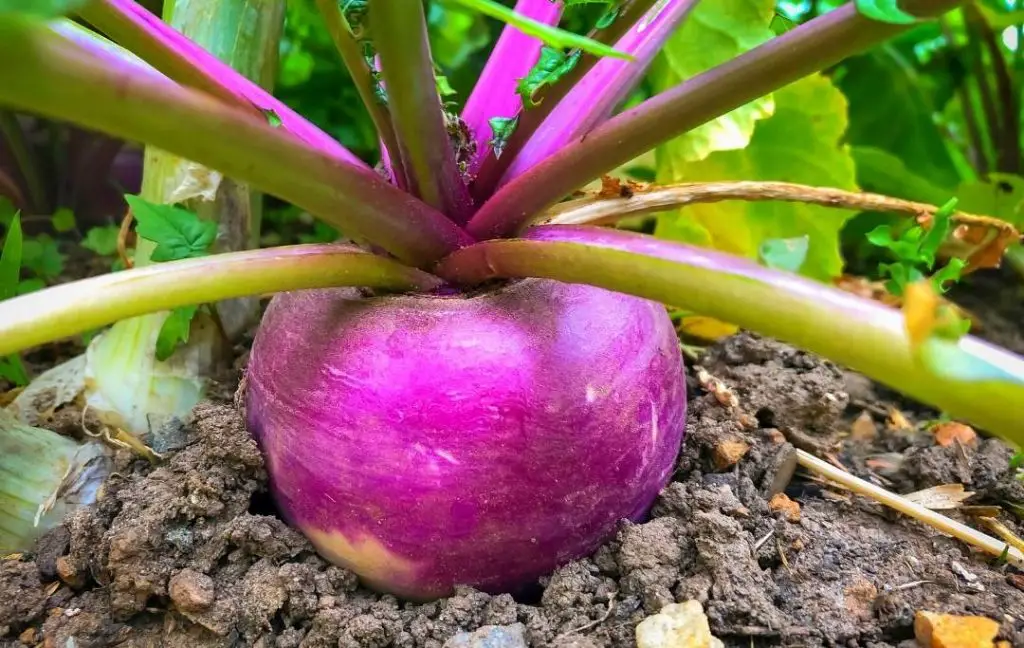
The maintenance of the turnip is very easy. It is a fast-growing vegetable. You can’t transplant them well because it is very difficult to transplant them in the garden with success. You just need seeds for their plantation.
- Directly plant seeds into the ground by scattering or sprinkling on your raised bed or in-ground bed.
- Remember, just cover half an inch of soil on the seeds.
- When your seedlings are about 4 inches high, keep them four to six inches apart. The space between the rows should be 12 inches.
- A consistent water supply is essential for a better yield. Lake of water cause early bolting in the plants. Turnips need water at a rate of 1 inch per week so it discourages the roots from becoming tough and bitter. Keep your soil lightly moist.
- If they if there are weeds in your bed then they will become the fellow of your young turnips and share the nutrient of soil and they will disturb the roots of young turnips. So, pull the weeds from your bed to make a comfortable turnip of your garden.
- The seeds will germinate in 3 to 10 days at a temperature of 70 degrees Fahrenheit or 21-degree centigrade but this time will be longer if the temperature of the soil is low.
- Mulch helps to retain the moisture in the bed for your turnip plant. It is also helpful to suppress weeds.
Read More: How To Grow Your Salad Greens Without A Garden?
Harvesting Turnips
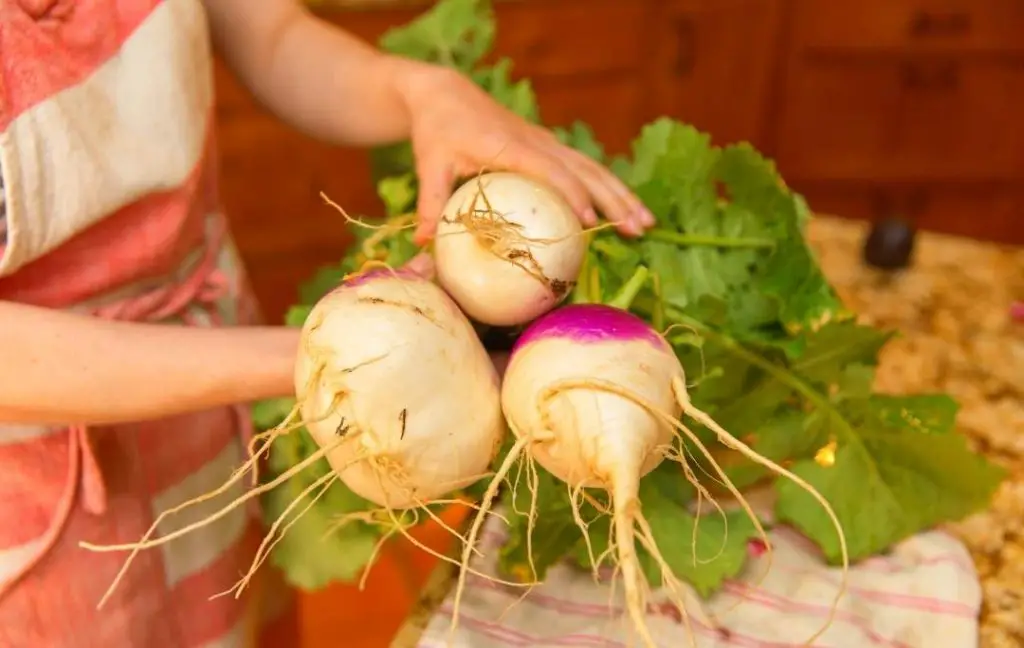
Cultivar and growing conditions are the main factors to affect the harvest. Turnip plants have slightly hairy green leaves. If you want turnip leaves then you have to harvest them early. The young leaves of turnips give the best taste. It is important that the cutting of the leaves reduces the ability of the plant.
The solution to this problem is that you can remove the outside leaves on each plant and allow the inner leaves to continue further growth of turnip root. In this way, you can harvest leaves more than one time. The harvest time for early turnips is about 5 weeks and if you want full mature turnip, they will be ready for about 6 to 10 weeks.
Pull a turnip up and see if it is ready for harvest then start harvesting turnips. But the time for harvesting your turnip is partially up to you. The estimated time will be changed according to your wish size. But one thing you should keep in mind, small and young turnips are nicer and more tender.
If you are growing your turnips in fall then harvest them just after a light frost but before a hard freeze. Freezing can destroy the texture of roots and become a reason for cracks or rot and you will not get a sweet taste of them.
How To Store Turnips
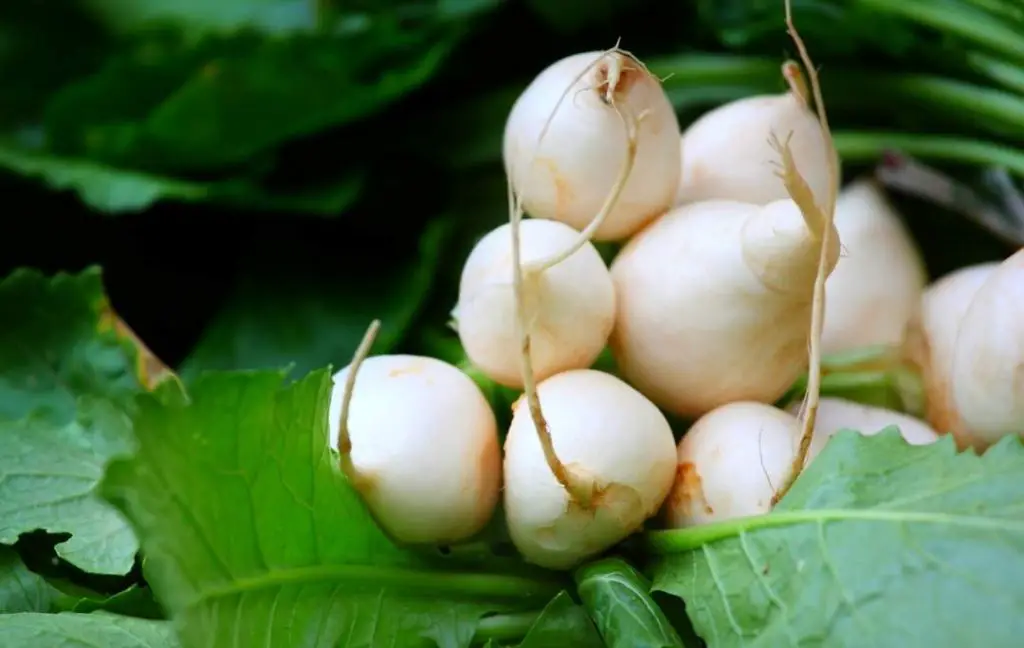
You can store turnips about three or four months which means the whole winter. If you are growing your own turnips it is a nice thing that you can store them for a long time. It is an incredible vegetable that you can use throughout the winter.
Choose a cool, dark, and humid place for this root vegetable. The best place for storing is the vegetable drawer of your refrigerator. If you are storing in your refrigerator then keep them in a perforated plastic bag. Keep one thing remember that don’t let the turnips dry out but it doesn’t mean you made them so moist that they will become moldy.
Enemies Of Turnip Crop
Pests
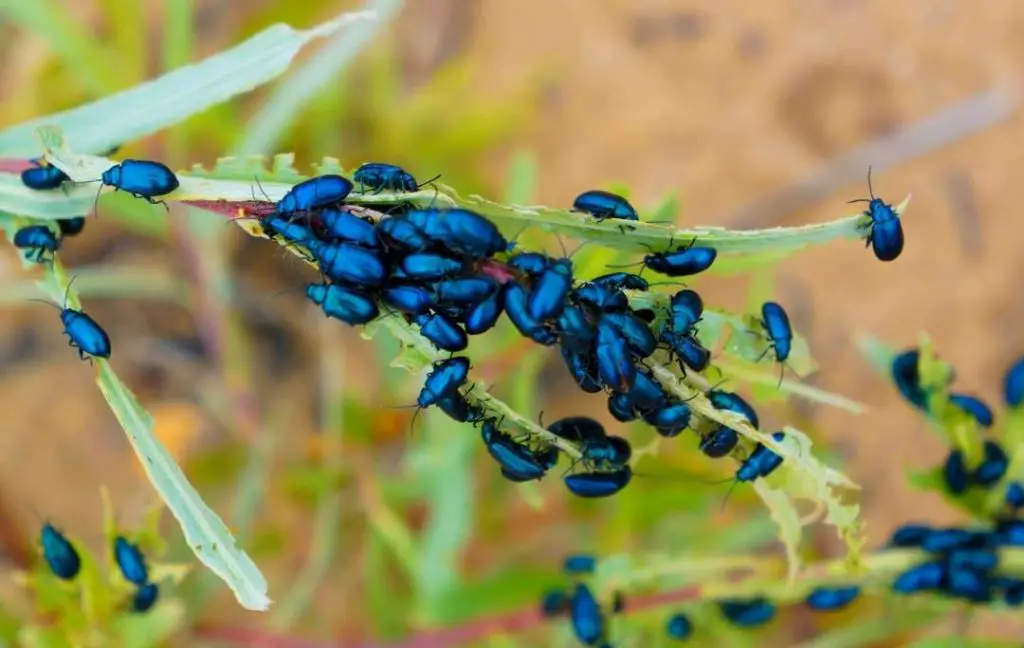
If you are an experienced gardener then you know the problem of pests for your plants. The common pests enemies for turnip plants are Downy Mildew, Powdery Mildew, Aphids, Flea Beetles, and cabbage root maggots. You can protect your plants by covering them with poly row covers for 2 to 3 weeks after planting. If you are facing the problem of pests then the following solutions will be helpful for you.
- You can prevent your crop from the aphides by using or spraying a solution of Soapy water and Neem oil.
- Sprinkling wood ash around the base of the plant. It is a better cure for cabbage maggots.
- If there is a danger of cutworms for your plants then you can plant sunflower plants in your garden because they will attract the cutworms and your turnips will be saved from their attack.
Diseases
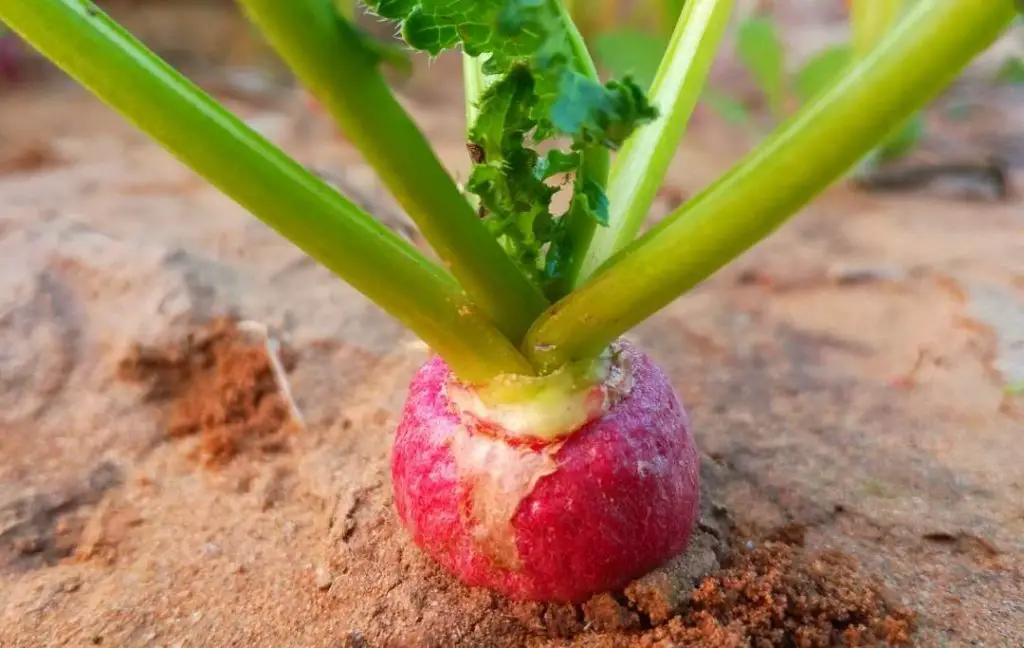
Many fungal and bacterial infections are also harmful to the growth of your turnip plants, better planning will prevent you from this problem. Make sure you are planting in rich soil and avoid waterlogging. The other reason for ruining the crops can be white and grey spots on the leaves of the plants.
You can prevent your plants from spotting by taking simple precautions which are:
- To prevent your plant from leaf spotting you should use quality seed.
- Crop rotation is very essential for the prevention of your plants.
- If you control weeds, this can reduce the chance of infection in your plants.
- If any plant has the disease, don’t transfer the soil from this area to your other plants this will infect that area too.
- Water is a great source for spreading bacteria, so be careful during the irrigation process, moist favors the development of bacterial leaf spot. Your little effort will result in a better production of turnips.
- Copper sprays are very helpful against the disease in plants. Try to spray at least every 7 to 10 days throughout the growing season especially after the rain.
Read More: 20 Vegetables That Grow In Winter
Tips For Growing Turnips
This vegetable produces sweet larger roots of about 6 inches in diameter and ready for harvest in 45 to 60 days. Turnip roots develop easily in fall and become sweeter after a few light touches of frost here are some tips which are beneficial for growing crops.
- This crop does not mature in hot weather.
- For better growth, the temperature of the soil must be 60 degrees Fahrenheit or 16-degree centigrade.
- If you harvested potatoes, then avoid planting turnips in the same bed.
- If you are growing turnips in a container then the size of a container must be 12 inches or 25 to 30 cm deep.
- You can use an organic fertilizer such as fish emulsion for better fertility of the soil.
- If you want an autumn harvest then sow the turnips after summer crops like onions, squash, beans, or sweet corn.
- You can get the best yield of turnips by growing them in full sun.
- Avoid frost damage by applying a thick layer of mulch. It also helps to avoid waterlogging if you use a straw for hay.

